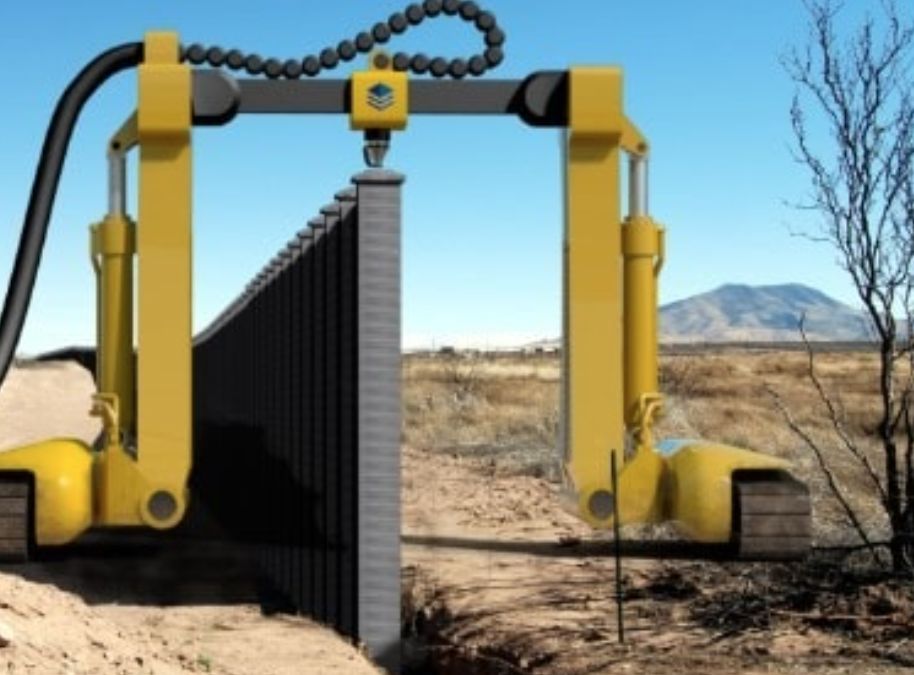What Is The 4th Industrial Revolution (4IR)
There have been several “revolutions” in manufacturing and supply chain that have had major impacts. The First Industrial Revolution in the 1700’s was triggered by the invention of the steam engine that revolutionised production in textiles and other industries. The Second Industrial Revolution that occurred in the 1870’s and was powered by widespread electrification and the resulting machine manufacturing and automation processes that were introduced. The Third industrial revolution started in the 1970’s and was predominantly driven by the advances in computing and ICT technology.
Although 4IR is also the product of technological advances, it is unique in that it blurs the boundaries between biological, physical and the digital realms. Computer driven Machines ‘speak’ to each other through the internet of things, processes respond to intelligence devised by algorithms, and humans engage in real-time ‘conversations’ with mechanical processes through bidirectional interfaces.
What truly sets Industry 4.0 technologies apart is the novel way in which hardware, software and connectivity are being reconfigured and integrated to achieve ever-more ambitious goals, the collection and analysis of vast amounts of data combined with the seamless interaction between smart machines, and the blurring of the physical and virtual dimensions of production.
The implementation of IR 4.0 would create a manufacturing environment where every mechanized automation will be interconnected through technological advancements to operate and share information without the need of humans which is expected to improve efficiencies. The 4IR industry have developed a concept called — smart factory, where cloud computing and cognitive computing, stores data and makes algorithm driven decisions based on the data received. The IoT (Internet of things) however, comes functional with cyber-physical systems that allows humans to monitor the processes in real time without physically having to be present on site.
What are the benefits and why is there reluctance regarding this technology?
While the potential benefits of 4IR in construction are clear through its implementation as it should improve the product quality while it decreasing time-to-market and enhancements in operational performance, studies have shown that the construction industry is hesitant to implementing these concepts despite the countless benefits demonstrated in other industries.
While the construction environment is complex, and the entire construction value chain involves multiple fragmented counterparts from all levels with a diverse background, to cater to the specific needs and uniqueness of each project, 4IR technology can provide great benefits. This phenomenon however has increased the difficulty of execution and further limits the ability for small and medium-sized enterprises (SMEs) to invest in new technologies and the resultant reluctance of implementing IR 4.0
What are the concerns
- Funding and financing
- Job losses & Trade Unions
- Lack of skills in technology & related
- Lack of experience
- Complexities around each build is different and environmental factors such as weather
- Legislative concerns regarding building regulations
- Eskom & consistent power supply
What are the benefits
- It would grow our competitiveness and expand the construction industry greatly
- Less Health & Safety issues, injuries & deaths
- Quicker time to market
- Quicker construction times
- More agility regarding building flexibility & adaptability
- Better management of environmental impacts
- Better maintenance
- Multiple new skilled jobs created
- Skills level in industry improved
What is needed for 4IR to become a reality in SA
- Government / international funding
- Industry bodies to drive skills development
- Industry driven innovation & developments
- Changes to legislative framework
- Tech skills development
Finally, the construction industry needs to discuss who & what should be driving this?

